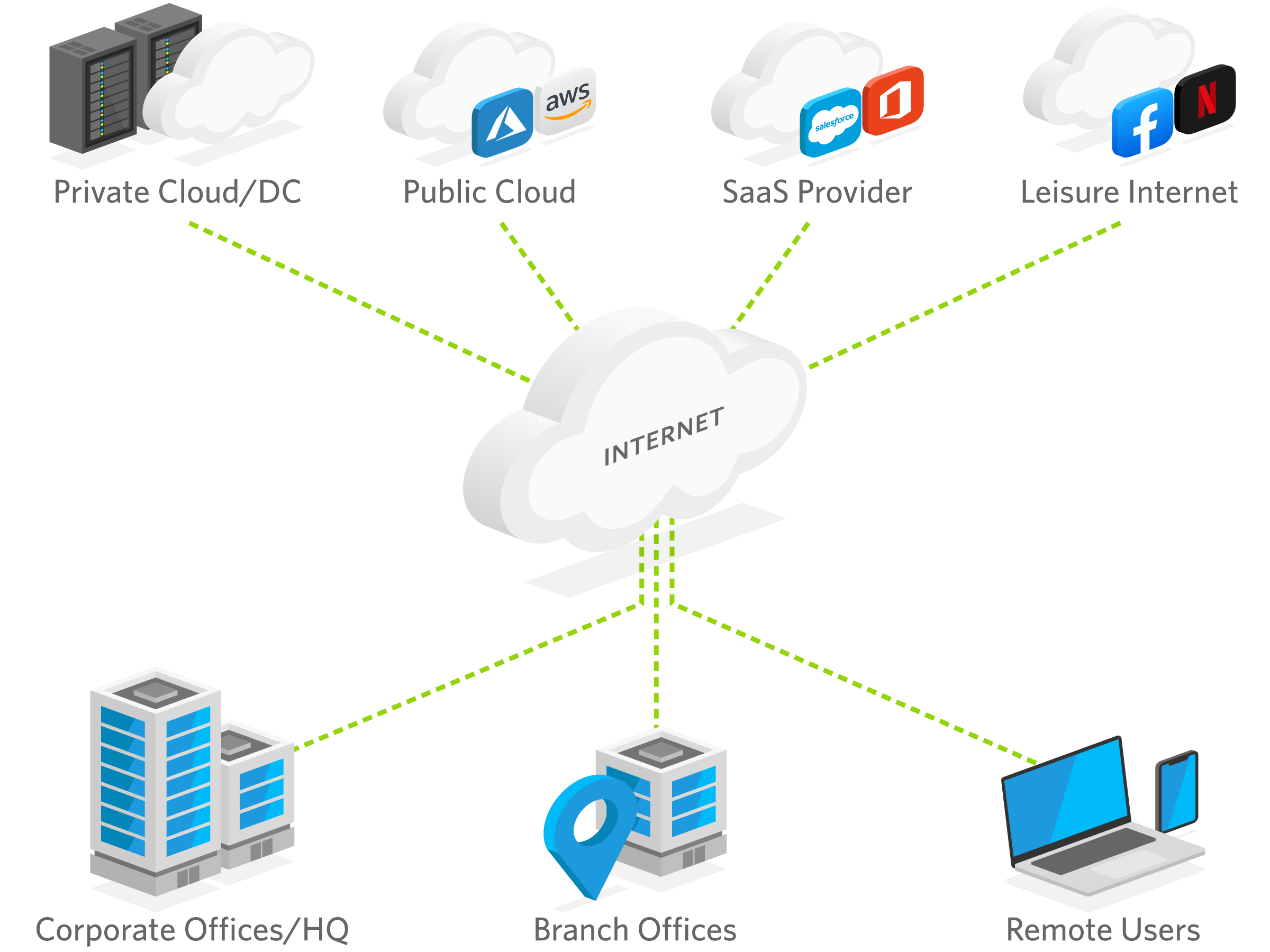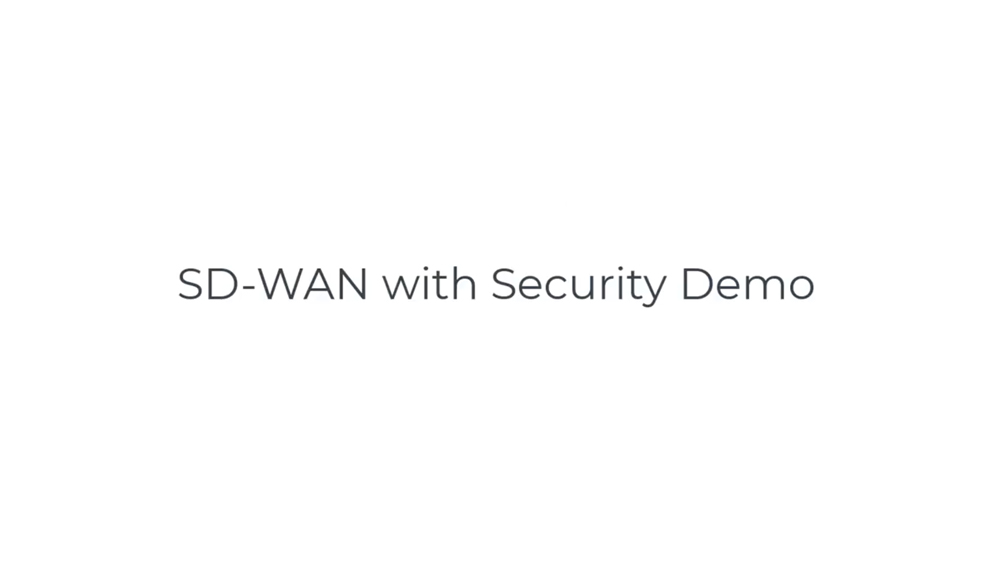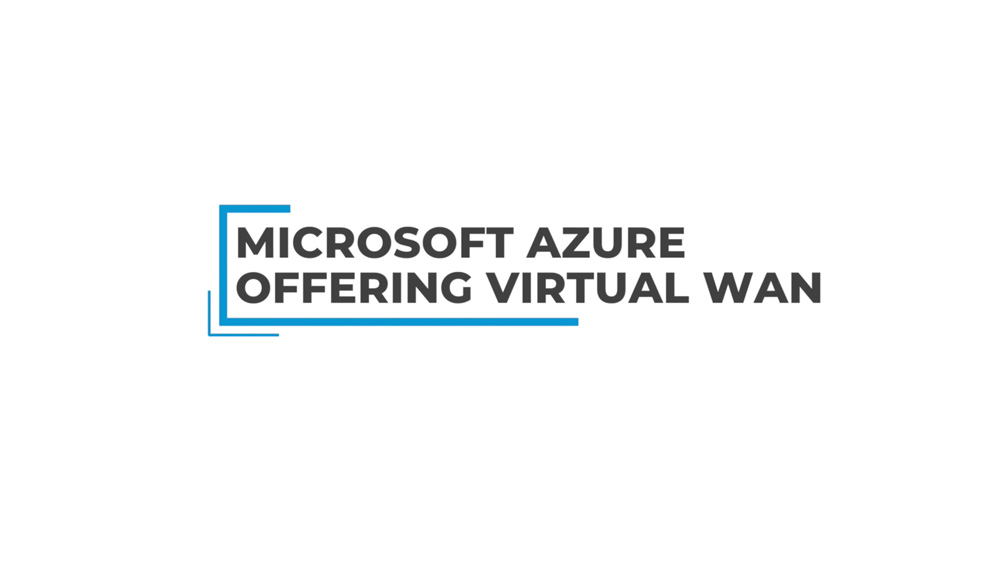What are the benefits of SD-WAN?
Today’s advanced SD-WAN capabilities offer several advantages beyond basic connectivity and security:
Multi-cloud connectivity
Direct connections to public clouds (AWS, Azure, Google Cloud) and private cloud environments provide reliable connectivity and reduce the latency associated with central data centers. You can extend consistent security policies and data protection across all cloud types, whether public, private, or hybrid deployments. This unified approach can reduce cloud egress costs and simplify management as cloud adoption expands.
Universal Threat Management
Instead of managing multiple standalone security appliances, you get integrated threat detection, intrusion prevention, and web filtering from a single platform. Advanced threat intelligence updates protection rules across all locations without manual intervention. Role-based access controls ensure only authorized personnel can access specific network resources and sensitive data.
Micro-segmentation
Security incidents stay contained within specific network segments or applications, preventing lateral threat movement across your infrastructure. When devices become compromised, they cannot access other network areas, significantly limiting breach scope. Segmentation policies apply automatically based on device type, user role, and application requirements.
Context-based network and security policies
Network permissions adapt automatically based on user identity, device compliance status, location, and access time. Employees using corporate devices receive different privileges than those connecting with personal equipment or from untrusted locations. These intelligent policies adjust in real time without requiring manual administrative intervention.
Improved network performance and uptime
SD-WAN improves network performance and uptime by intelligently routing traffic over optimal available connections, reducing latency and ensuring critical applications always have the needed bandwidth. Dynamic traffic routing, application-aware routing, and proactive monitoring ensure business-critical applications run smoothly.
Cost savings compared to traditional WAN
Eliminating expensive private circuits like MPLS in favor of affordable broadband, LTE, and fiber connections helps businesses decrease costs in both initial setup and ongoing operations.
Simplified management and orchestration
Centralized network control through a single platform reduces configuration errors and administrative complexity across entire infrastructures. IT teams can manage networks more efficiently without requiring specialized expertise at each location, freeing up technical resources for higher-value projects.
Enhanced security with integrated features
Advanced security features eliminate the need for separate security appliances at each site. Integrated next-generation firewalls, intrusion detection systems, unified threat management, and data loss prevention policies work together seamlessly to reduce security gaps and simplify management and maintenance.




